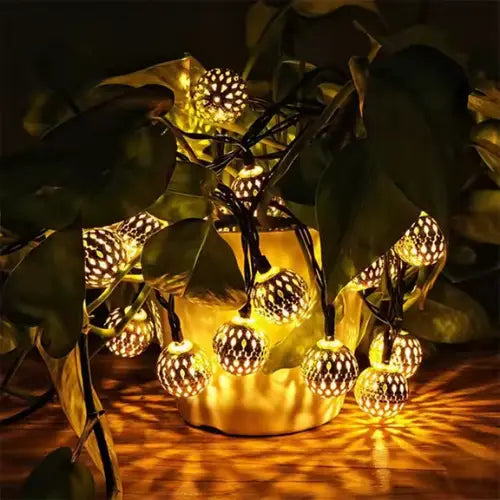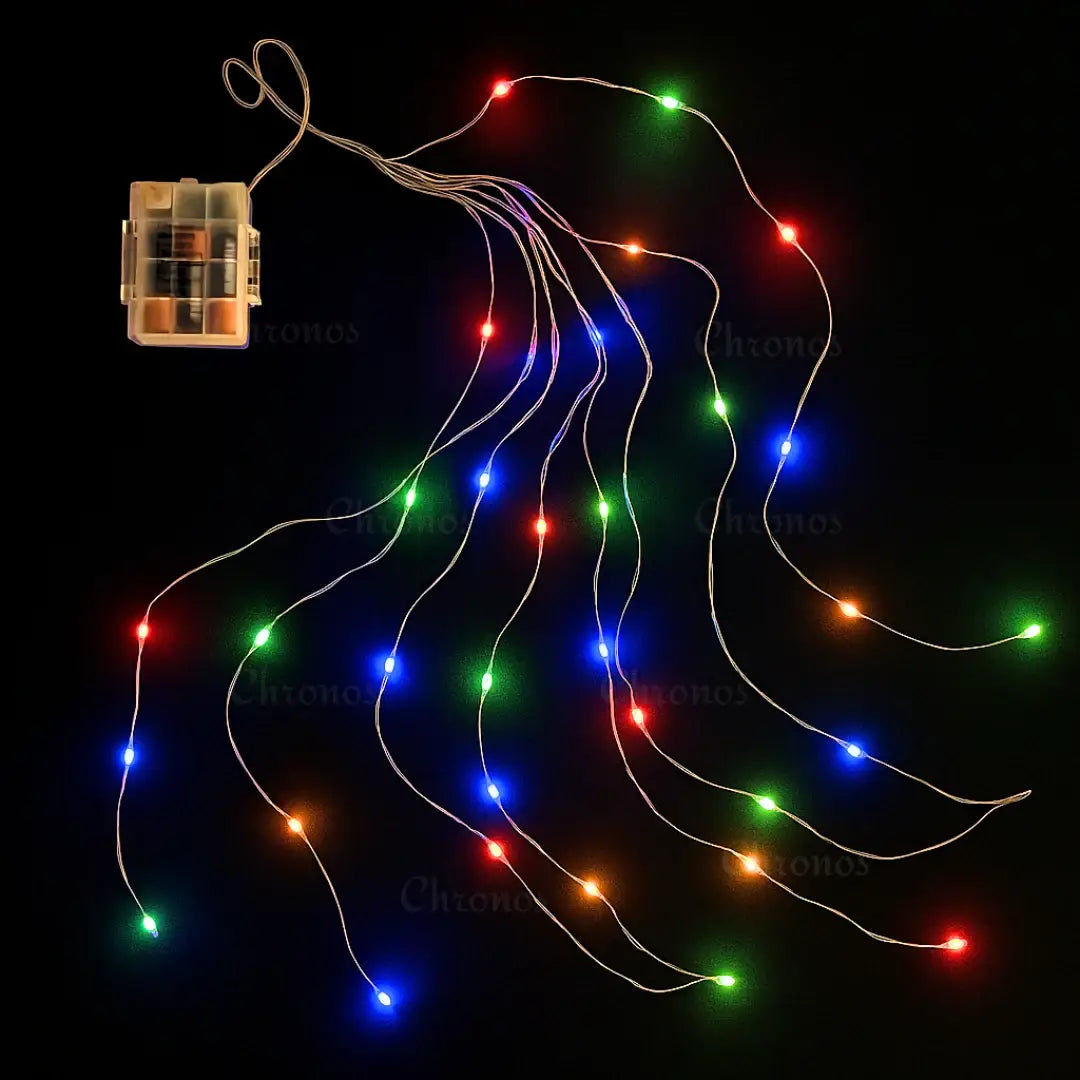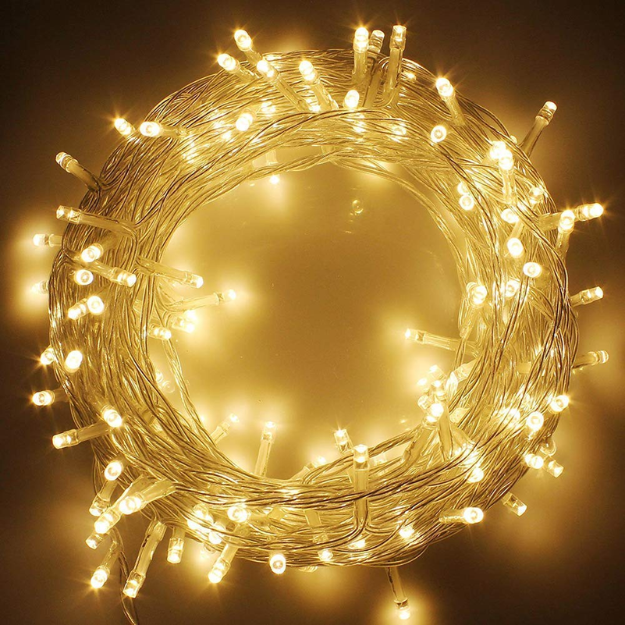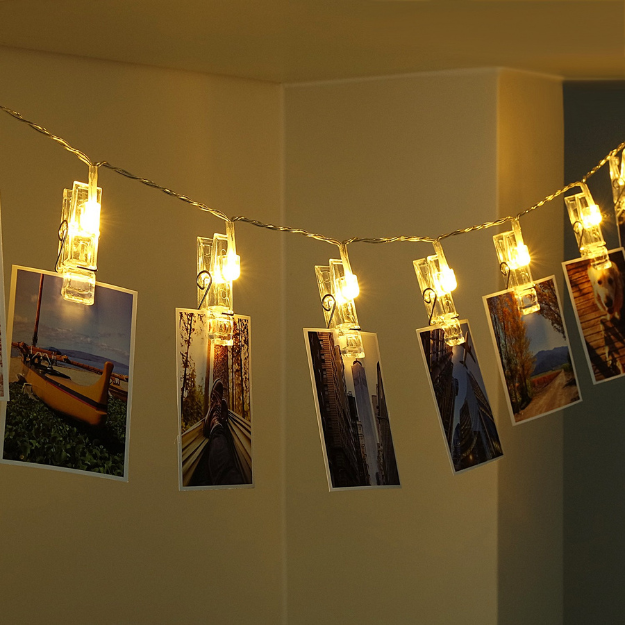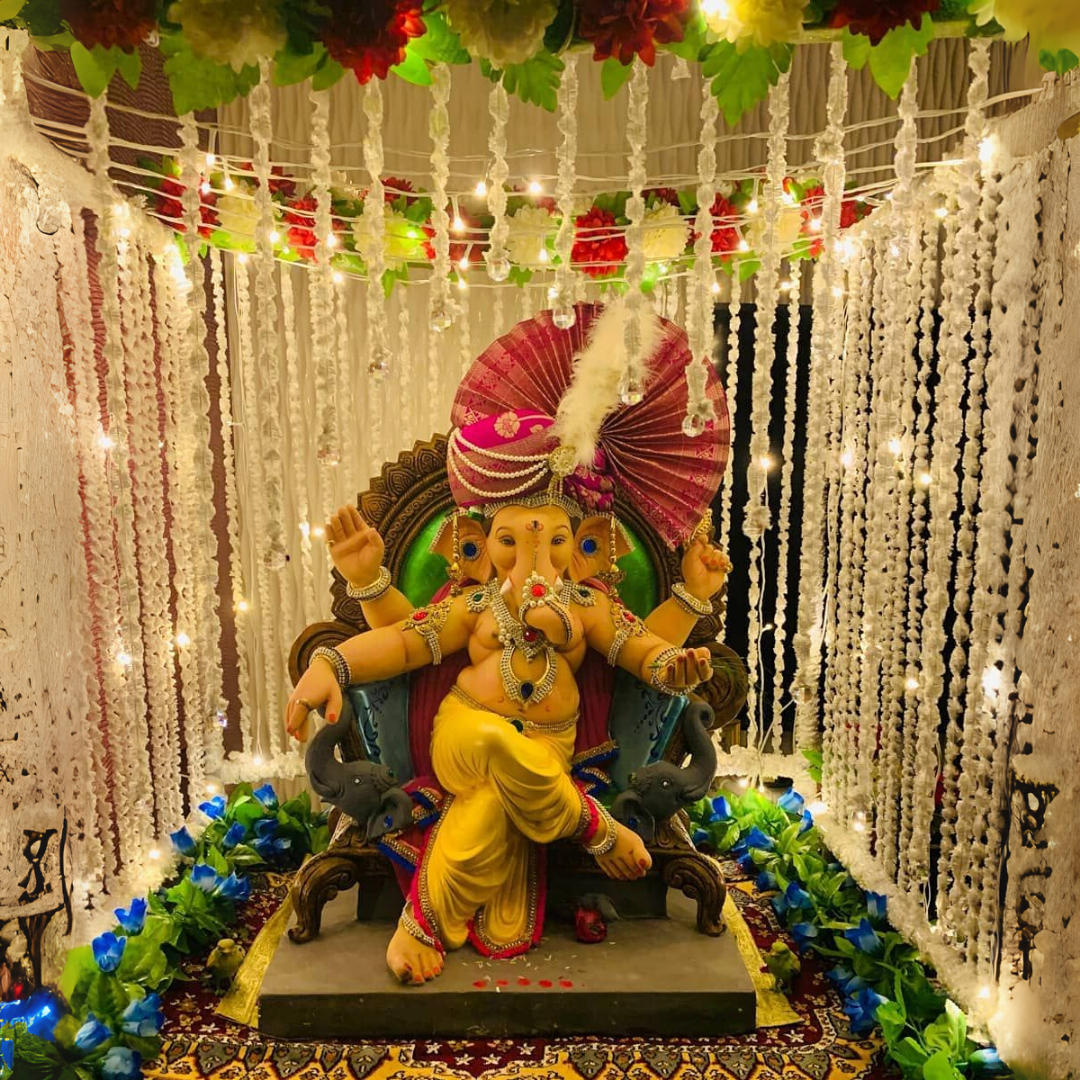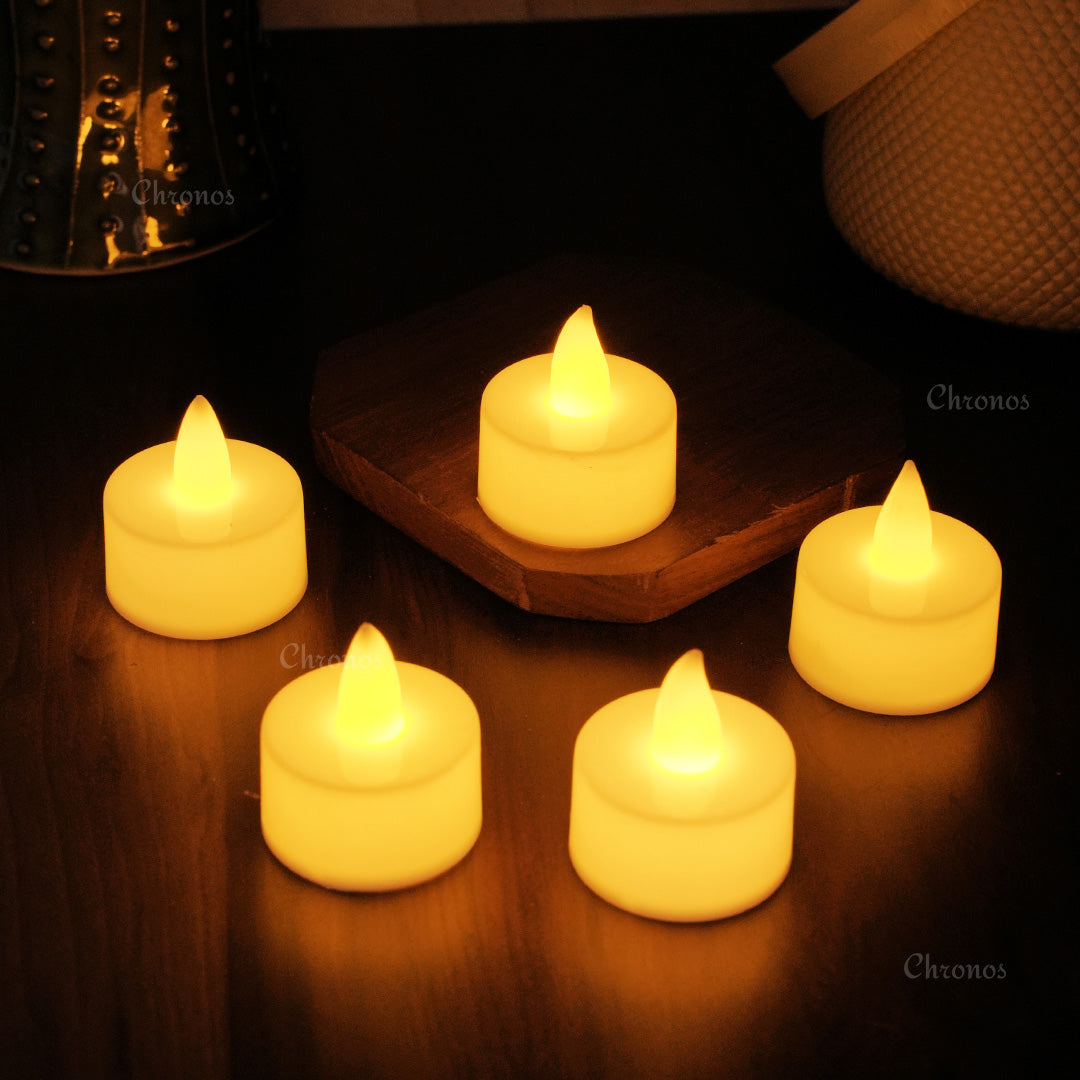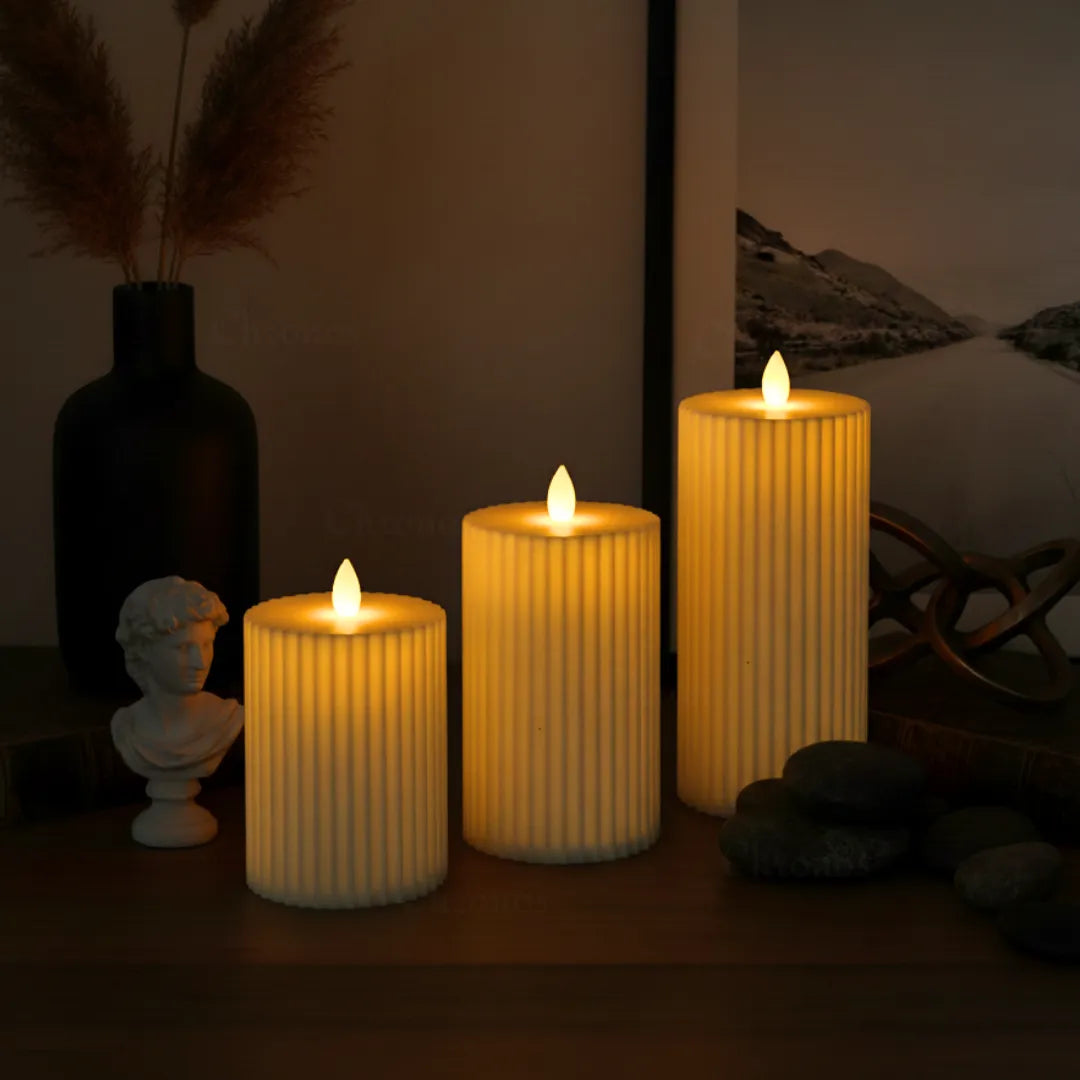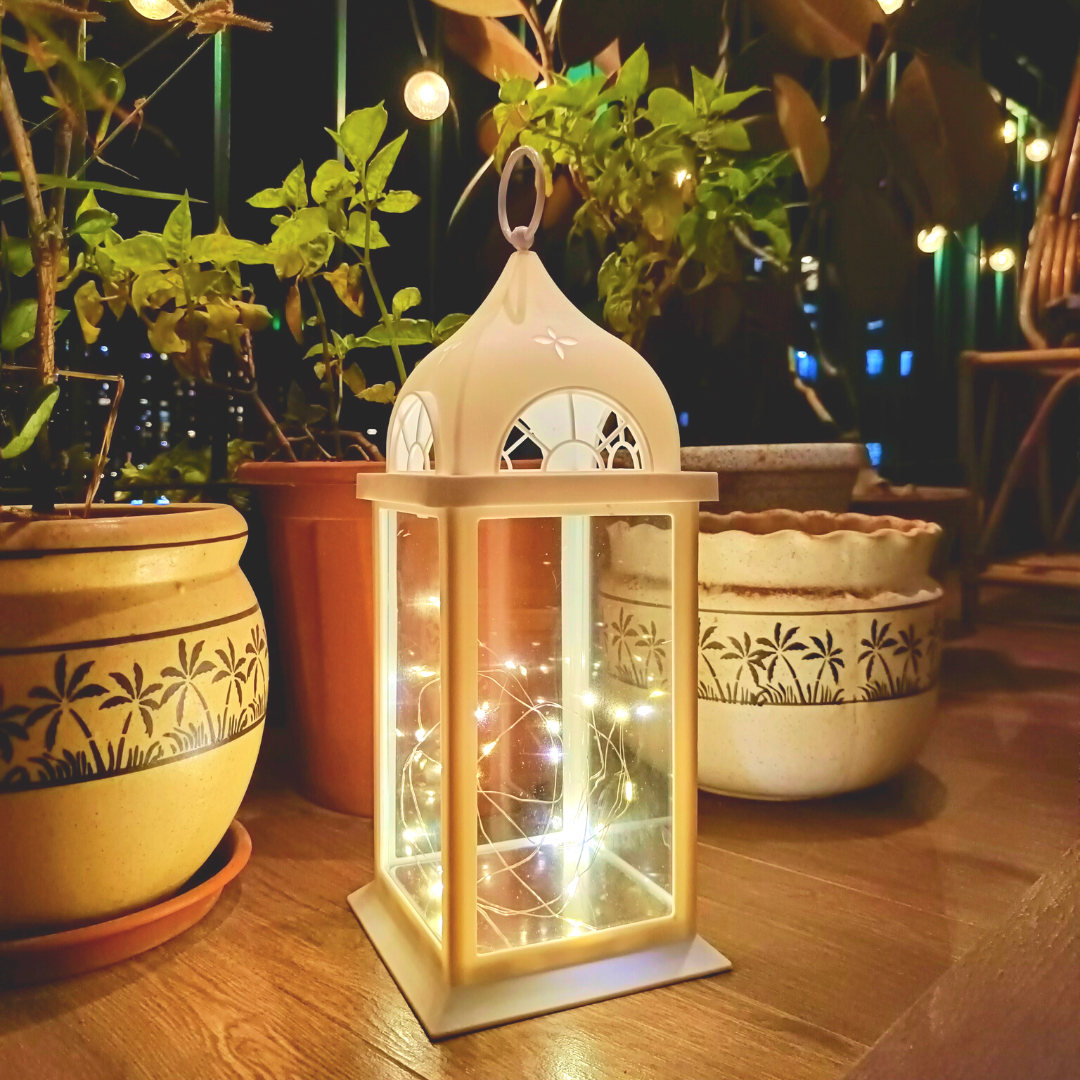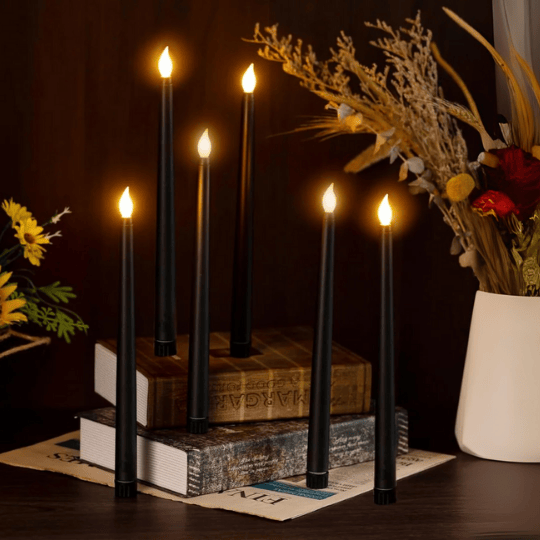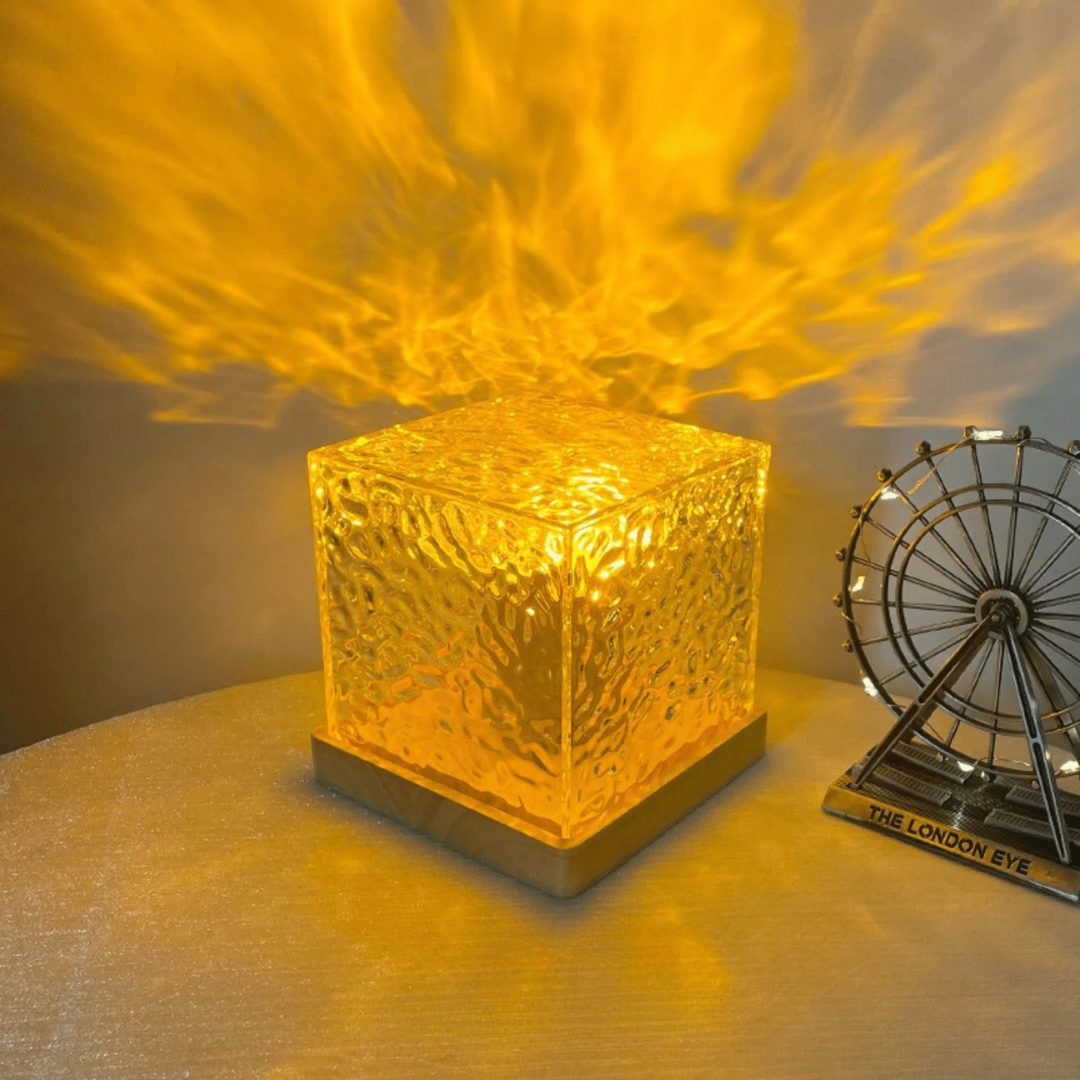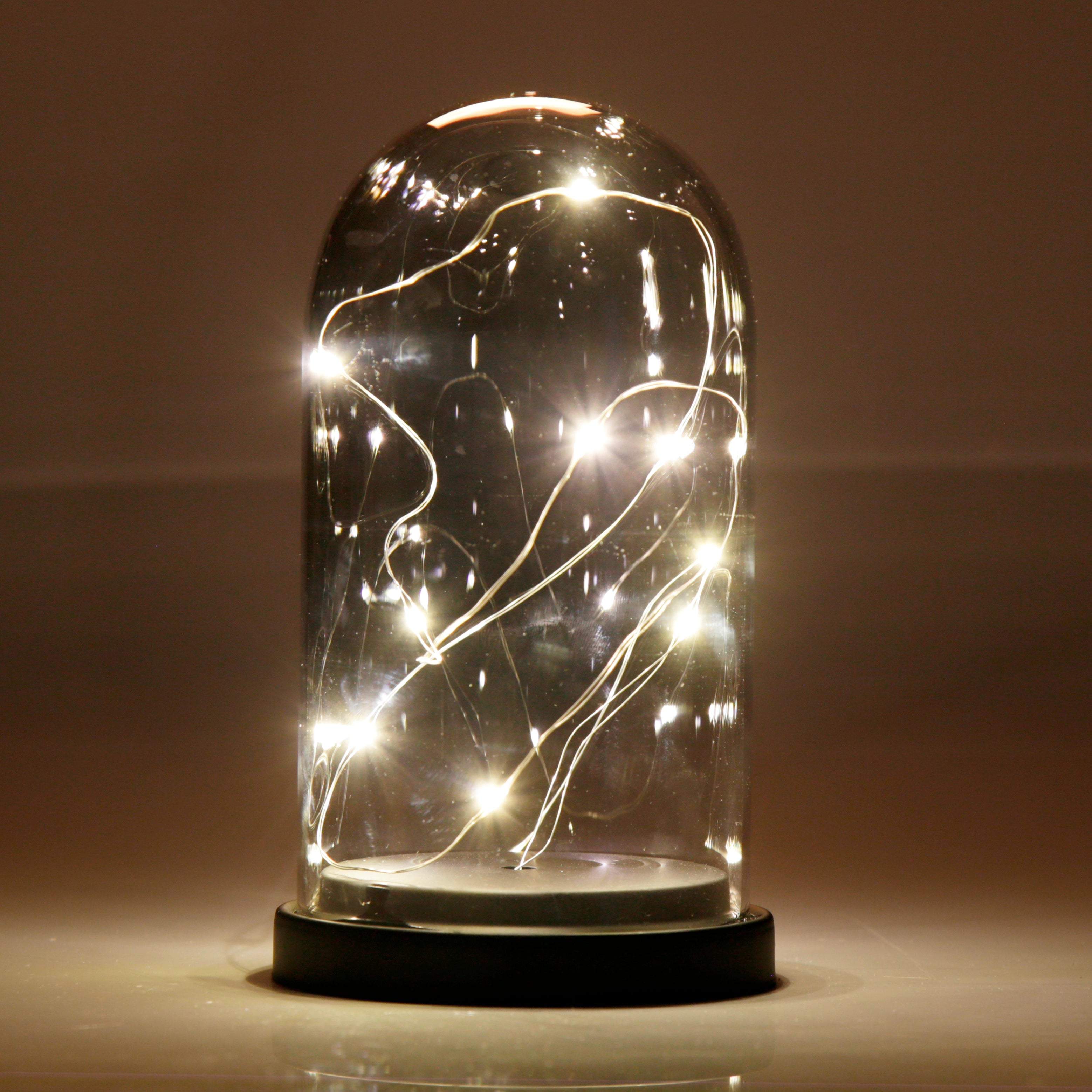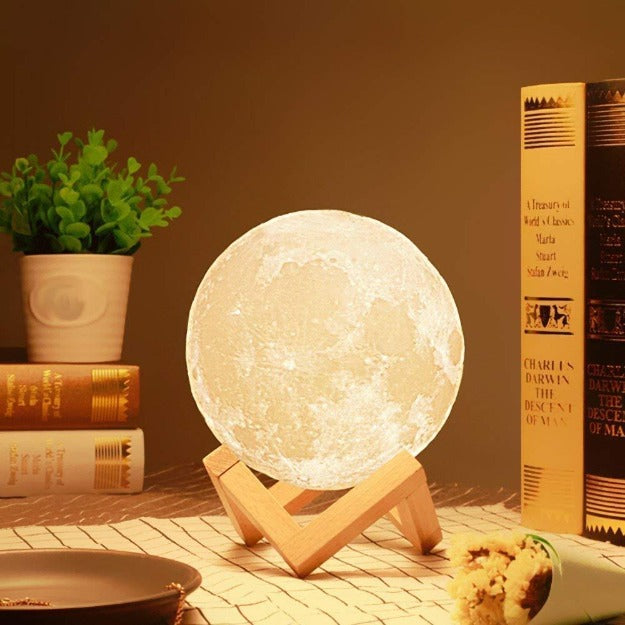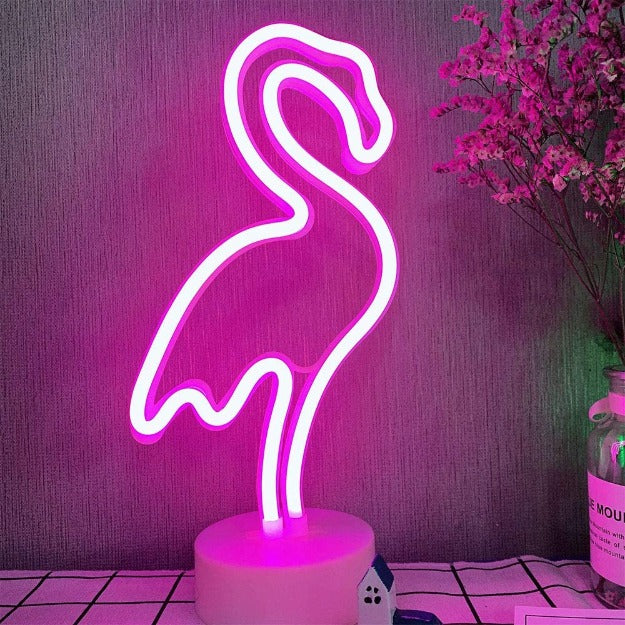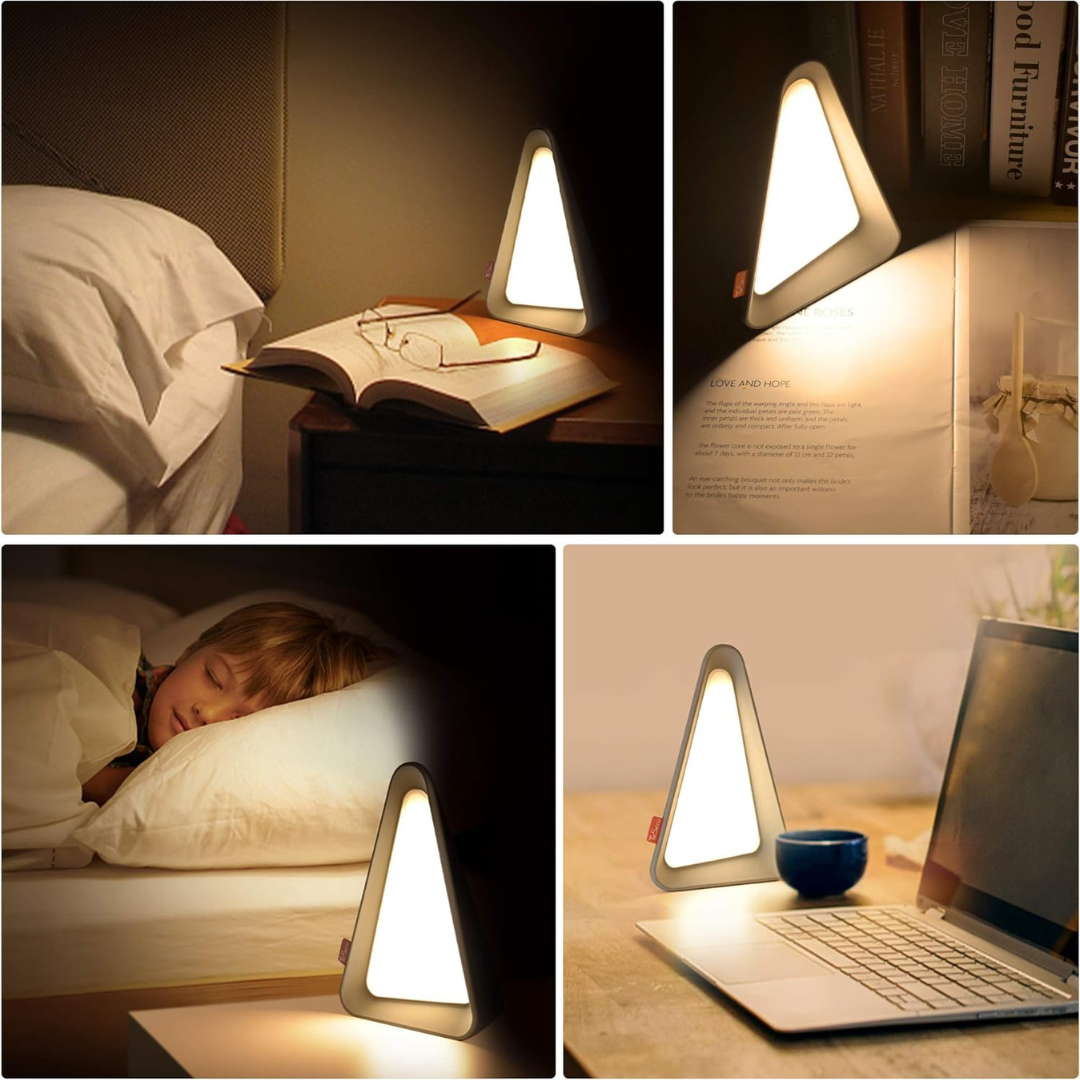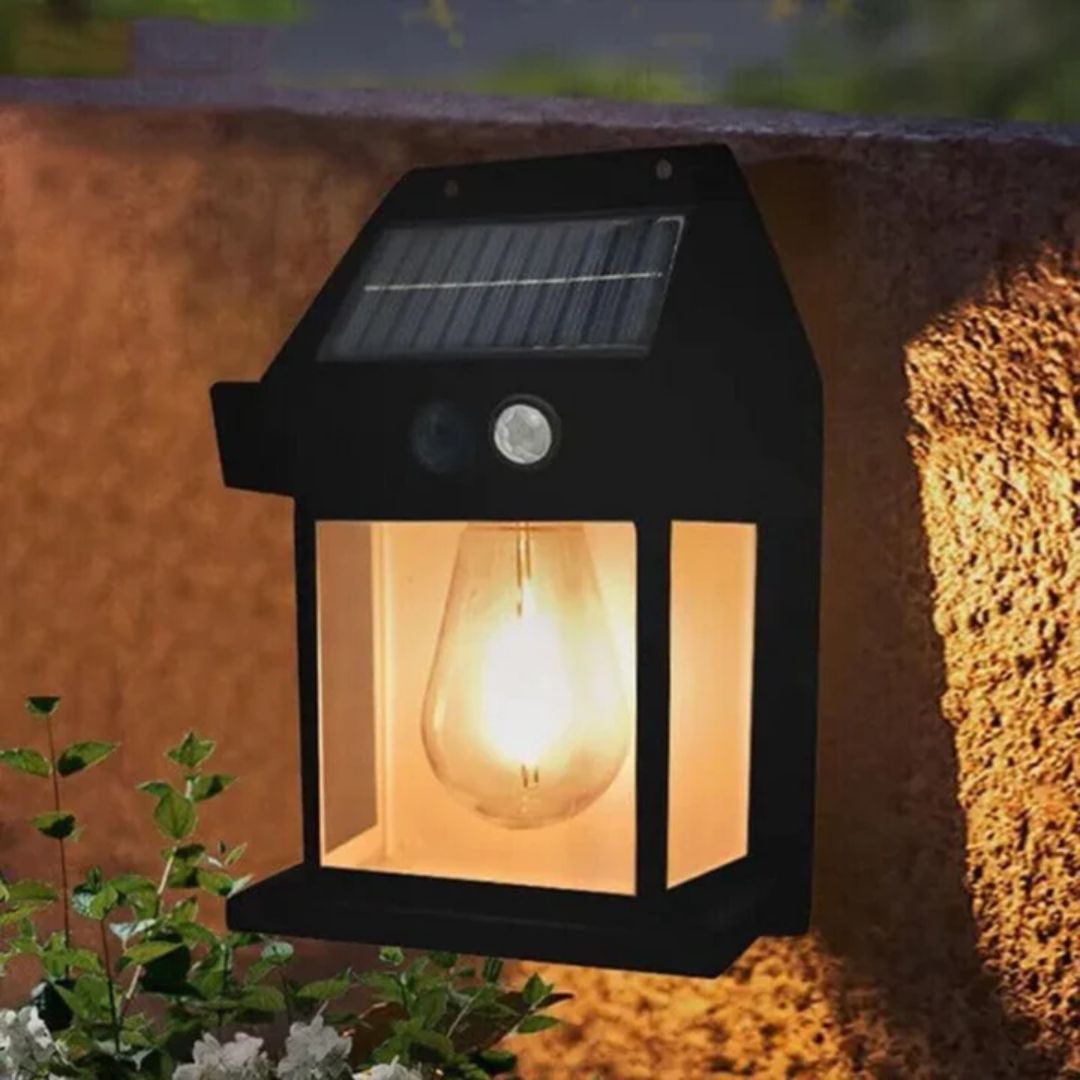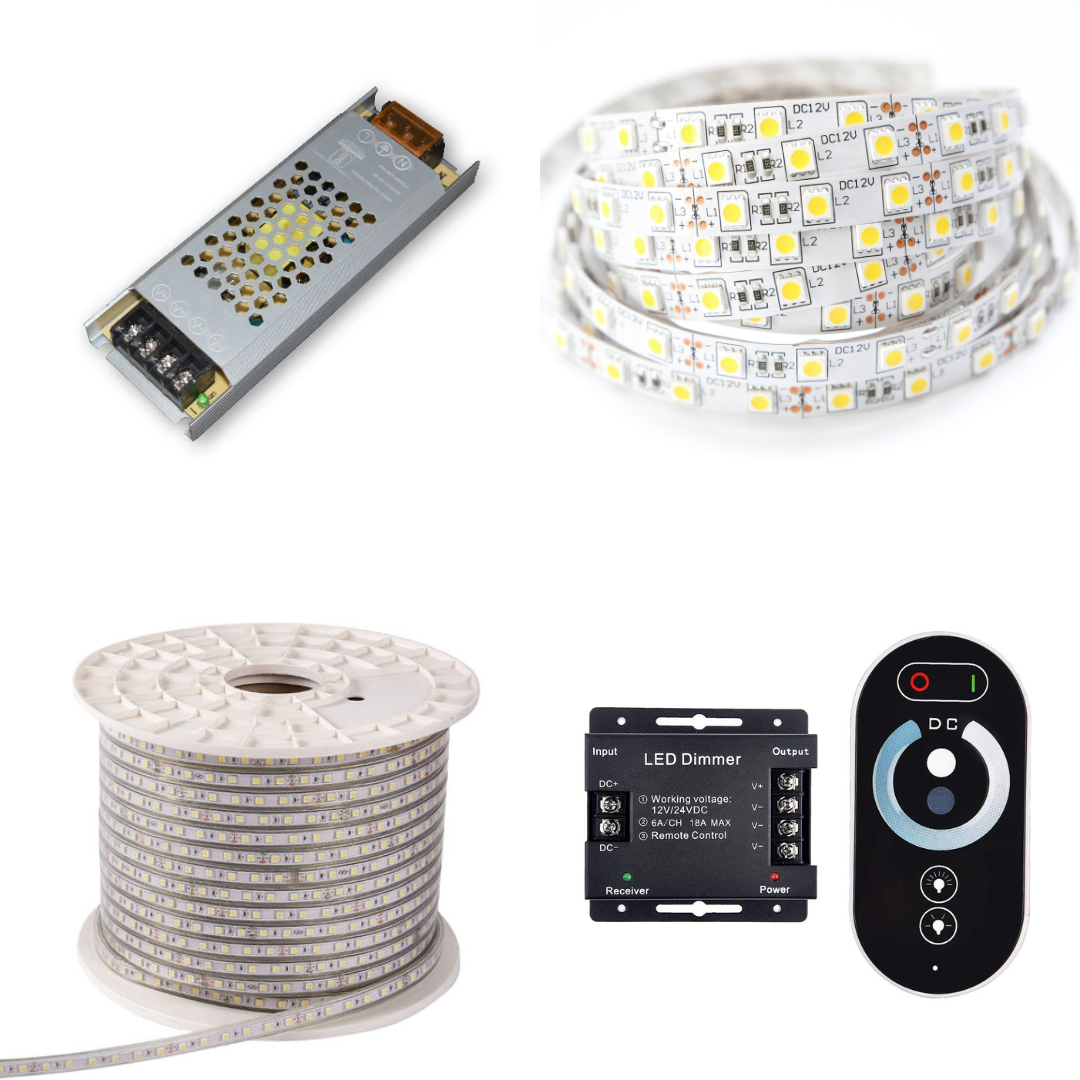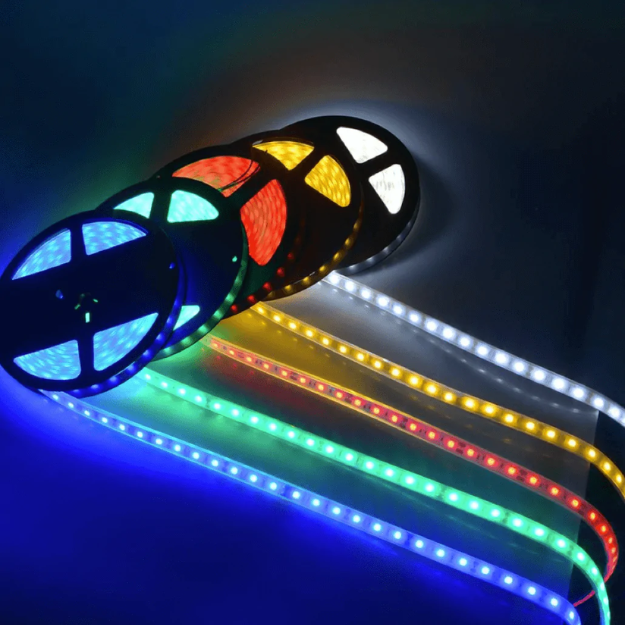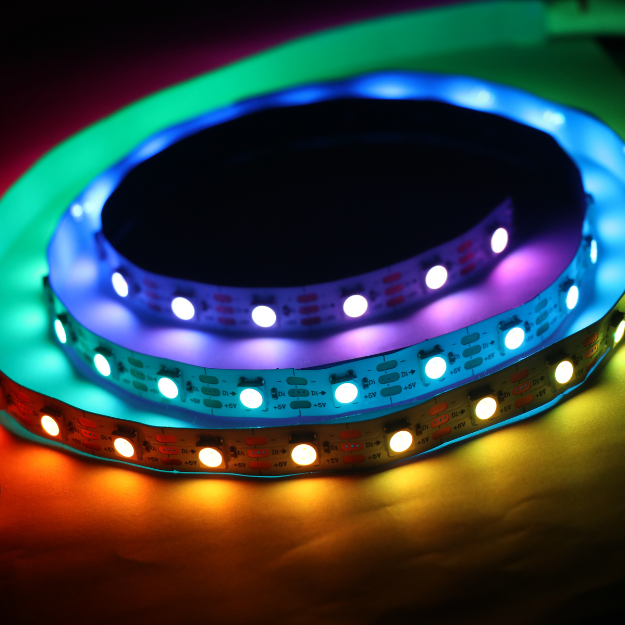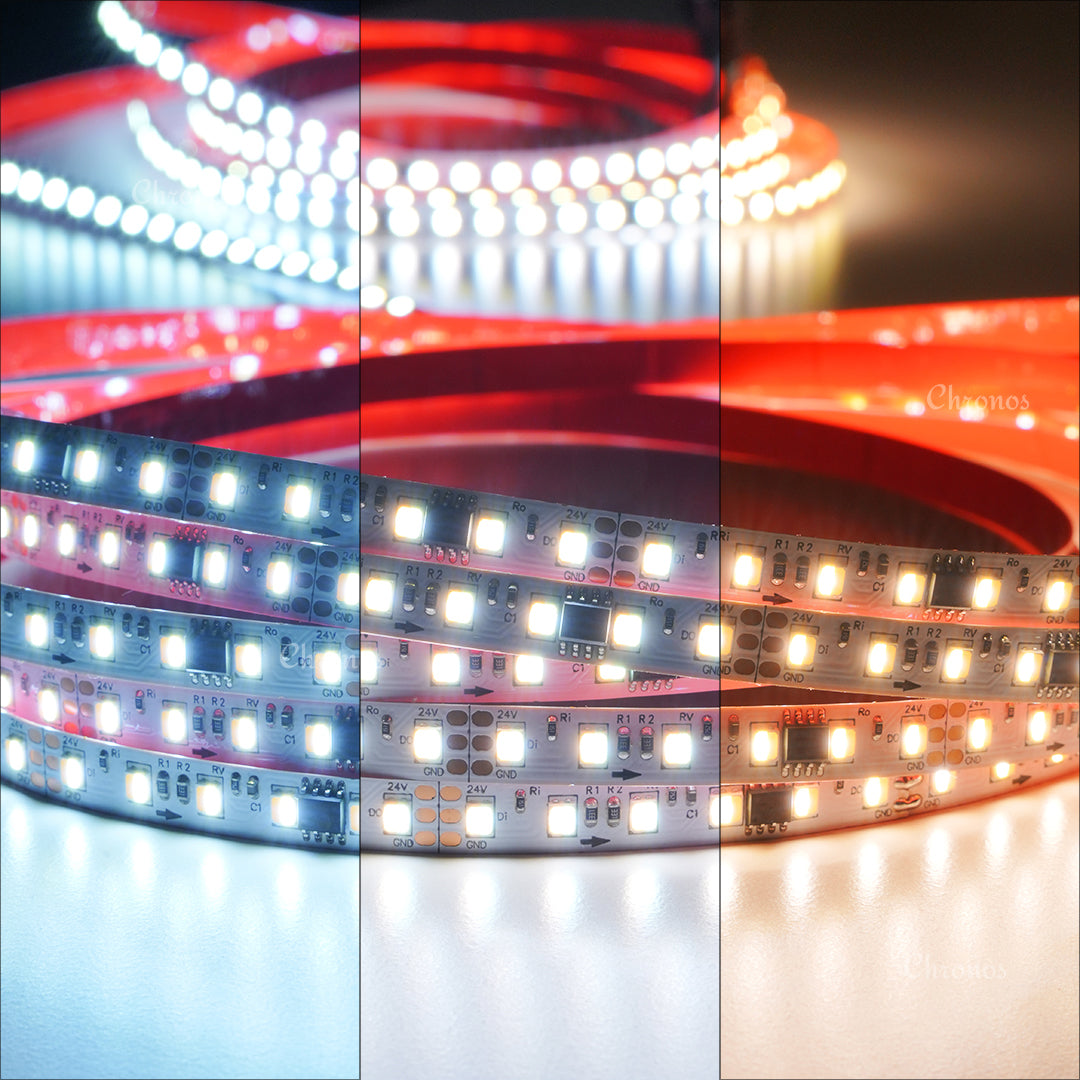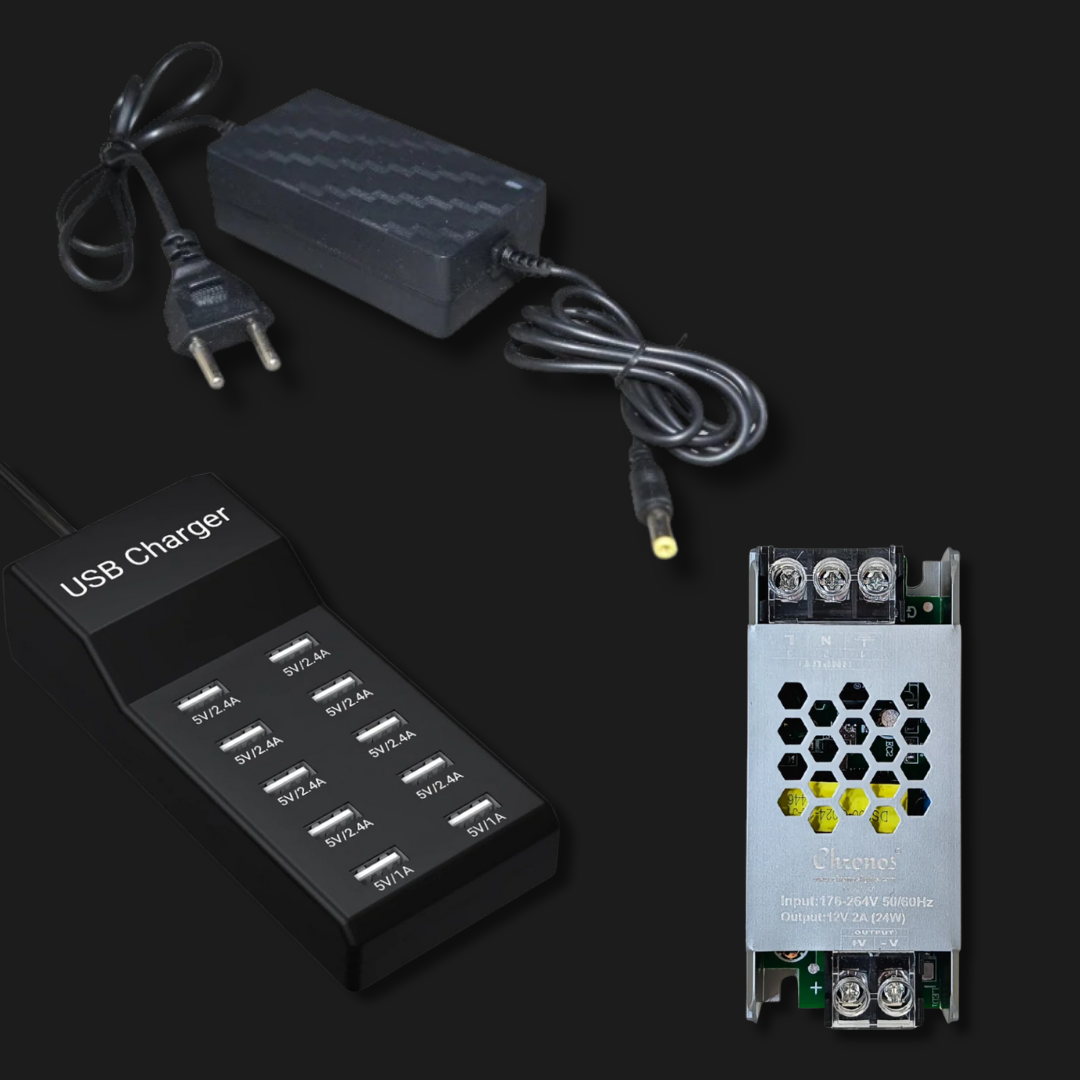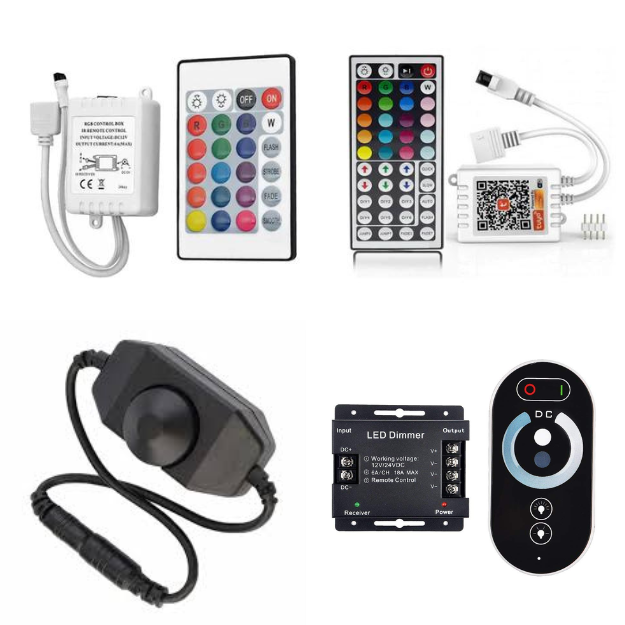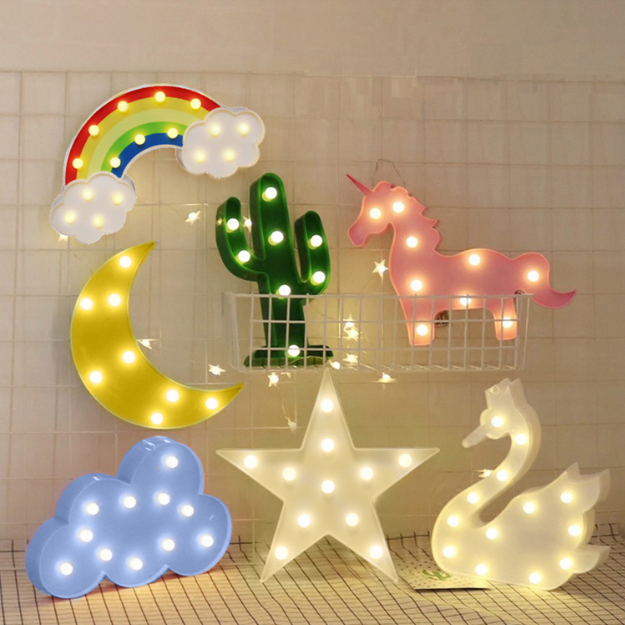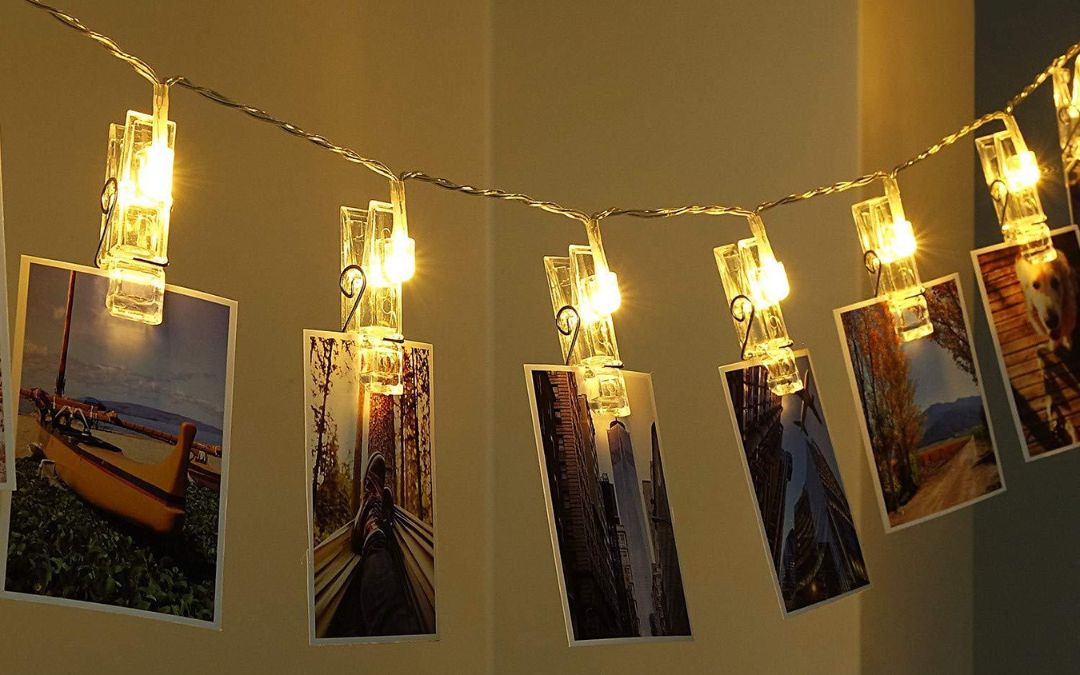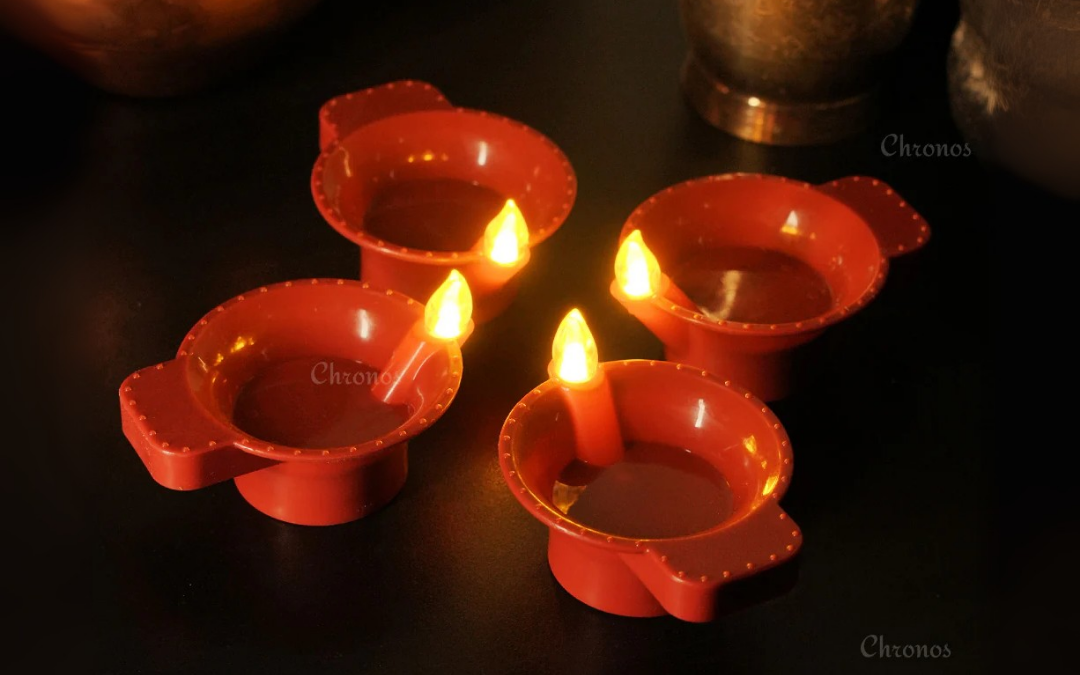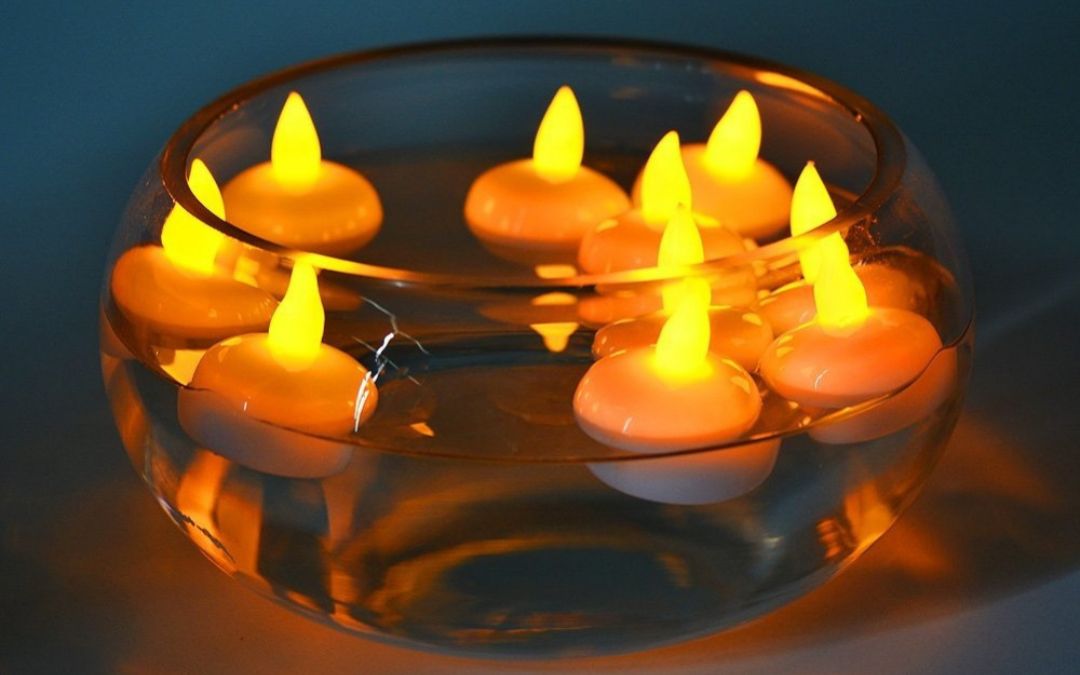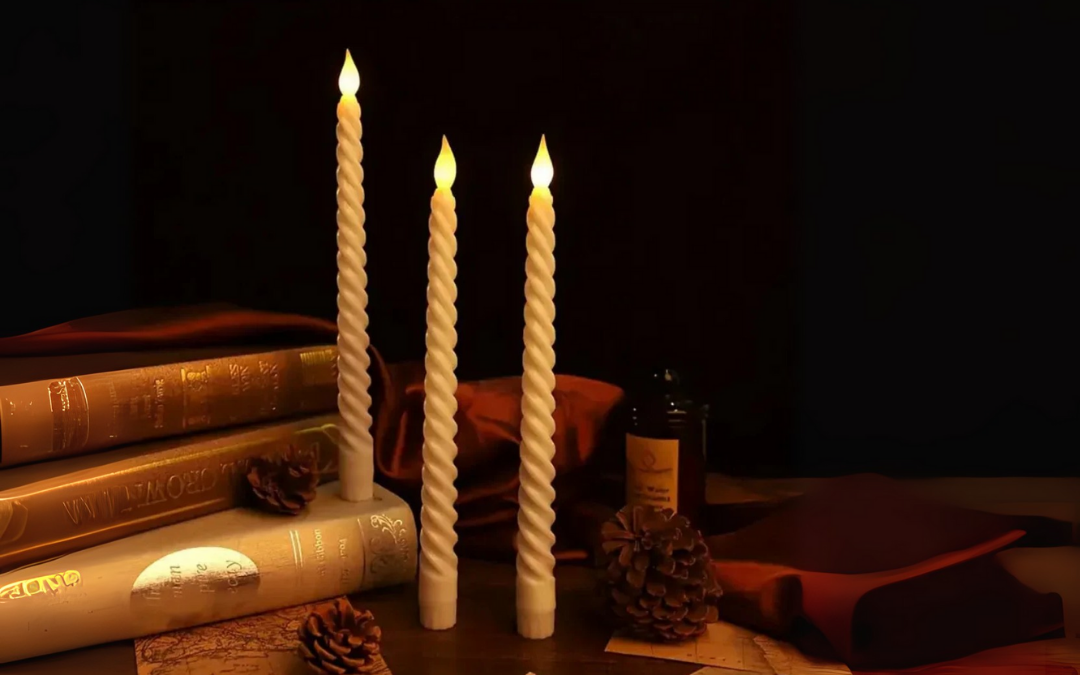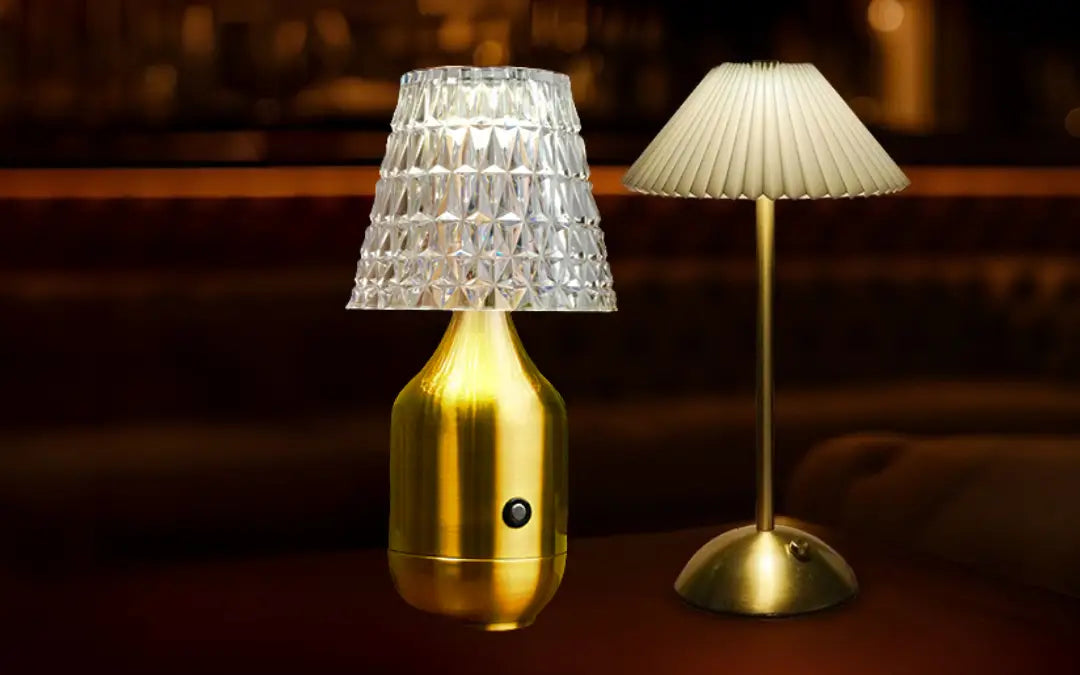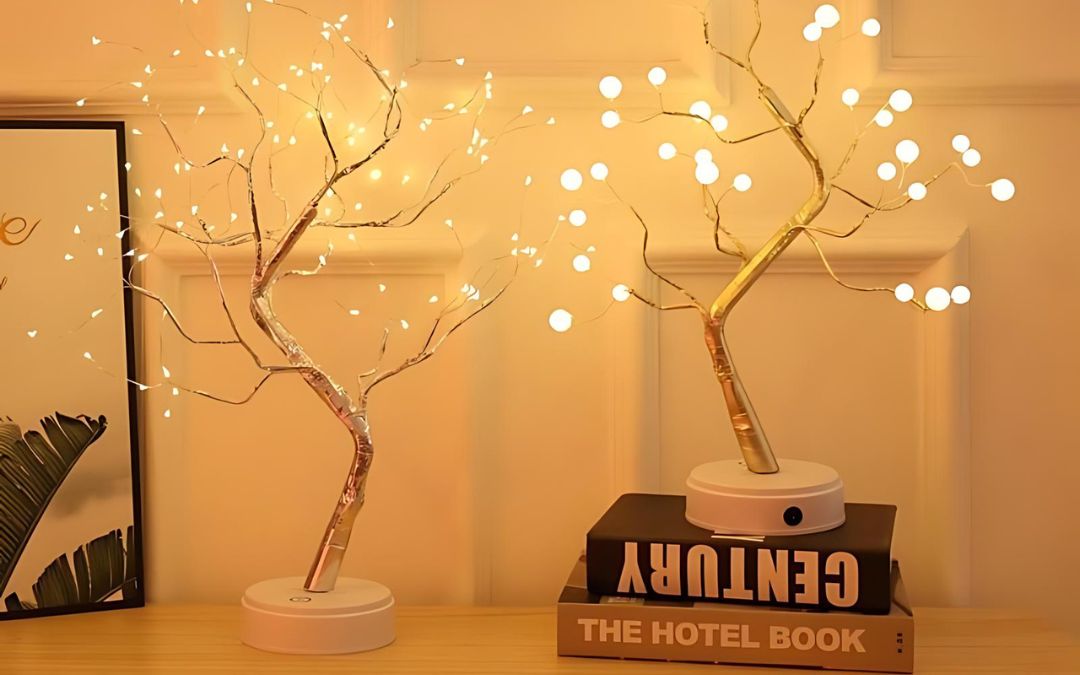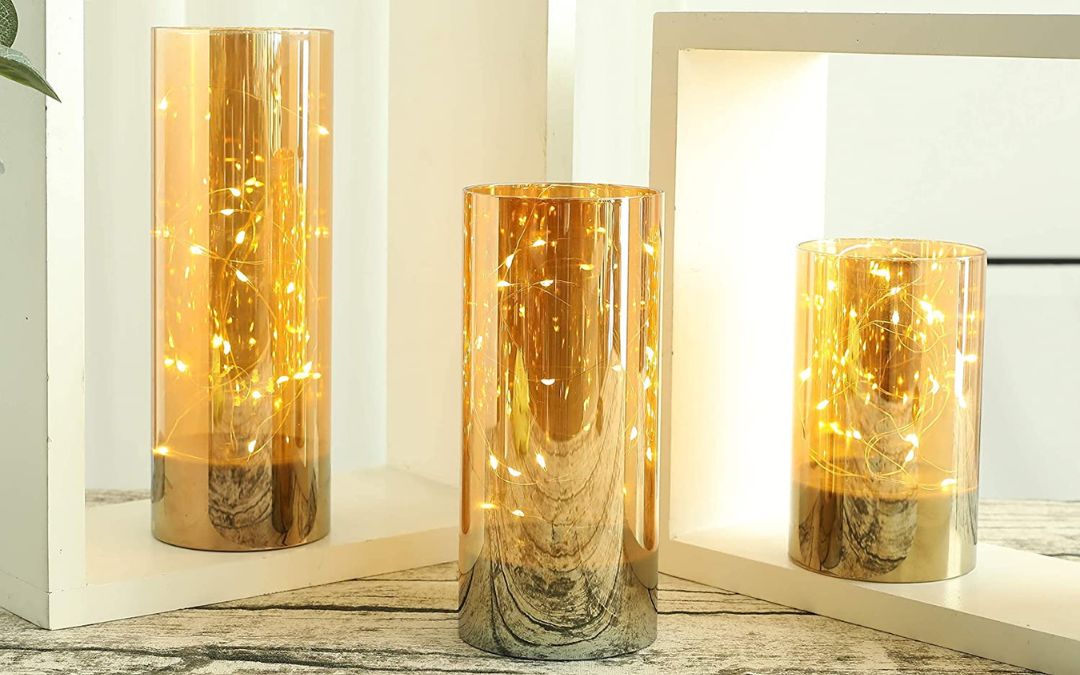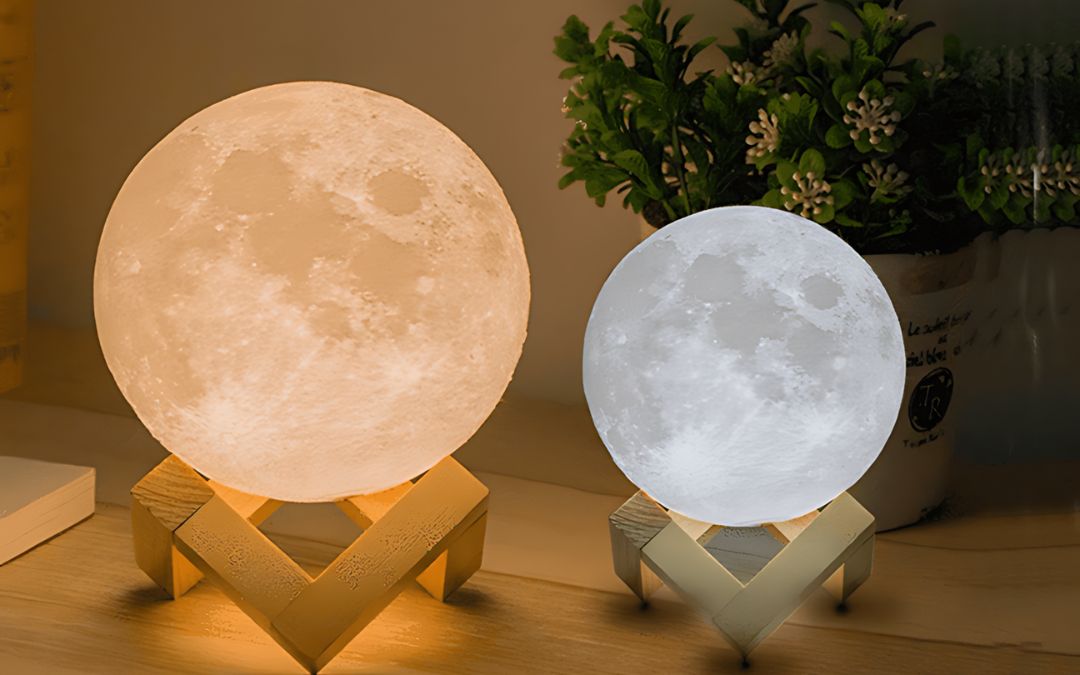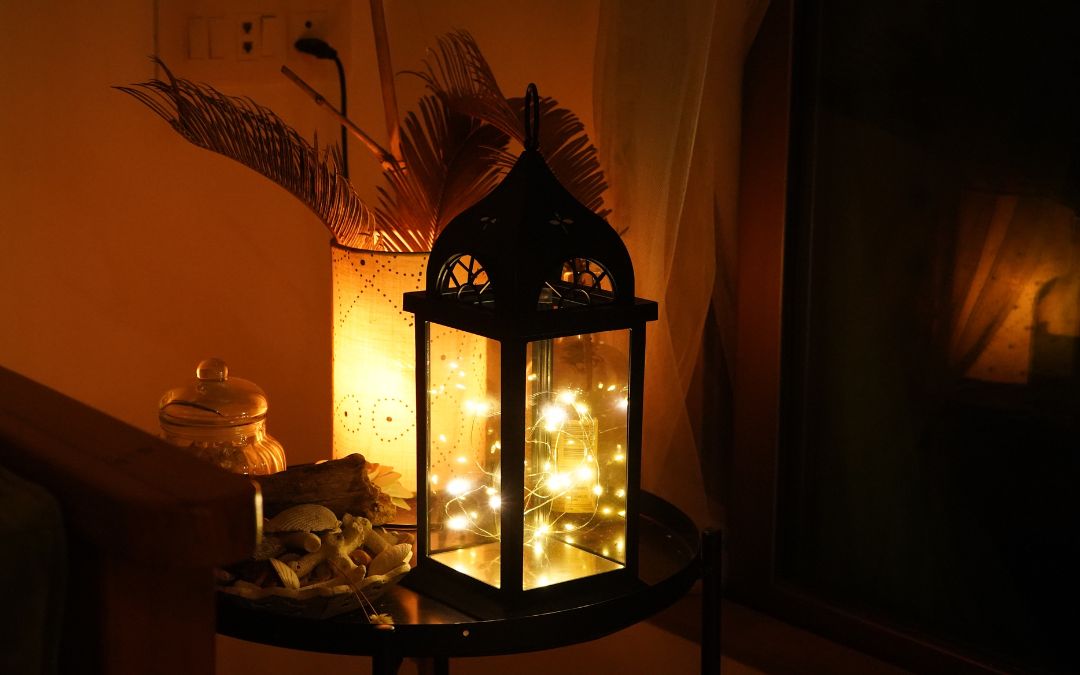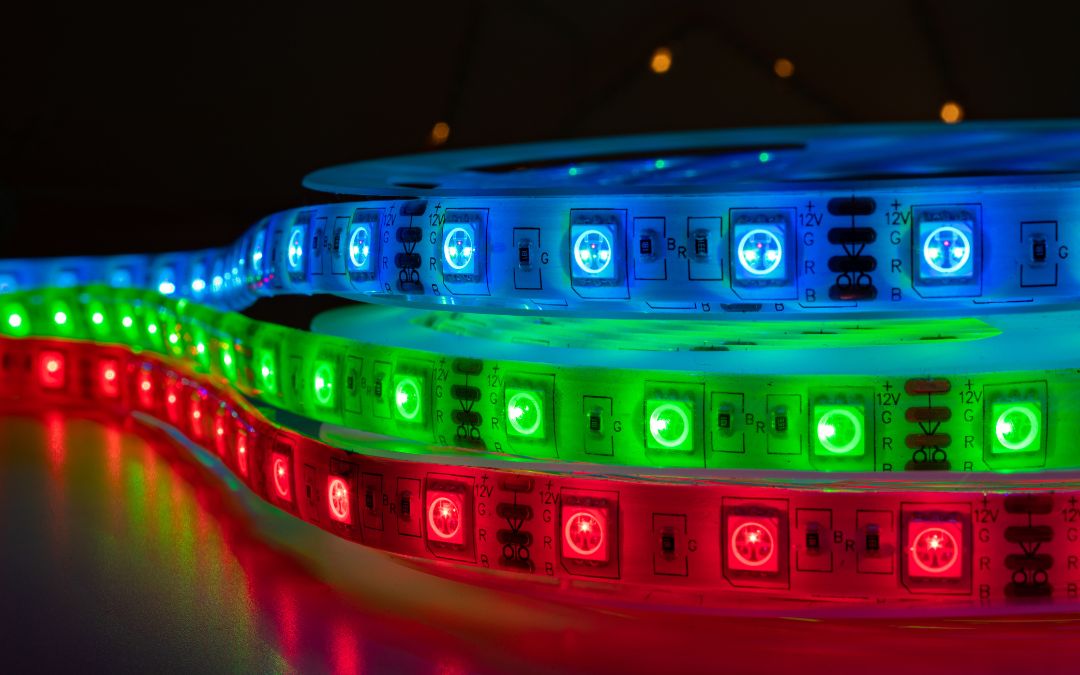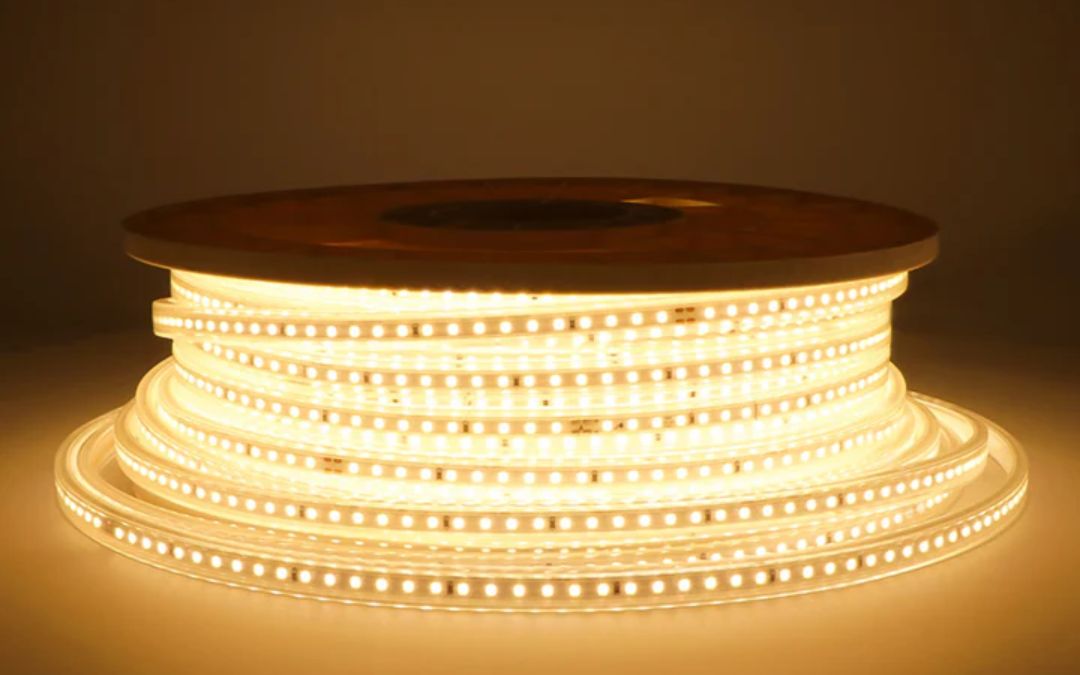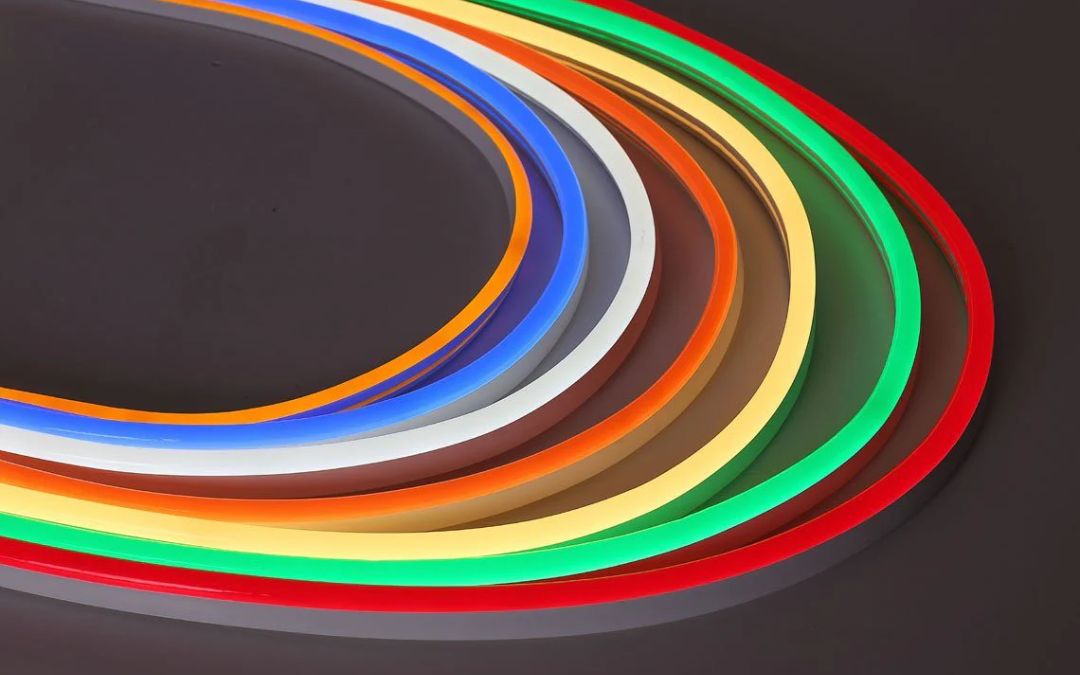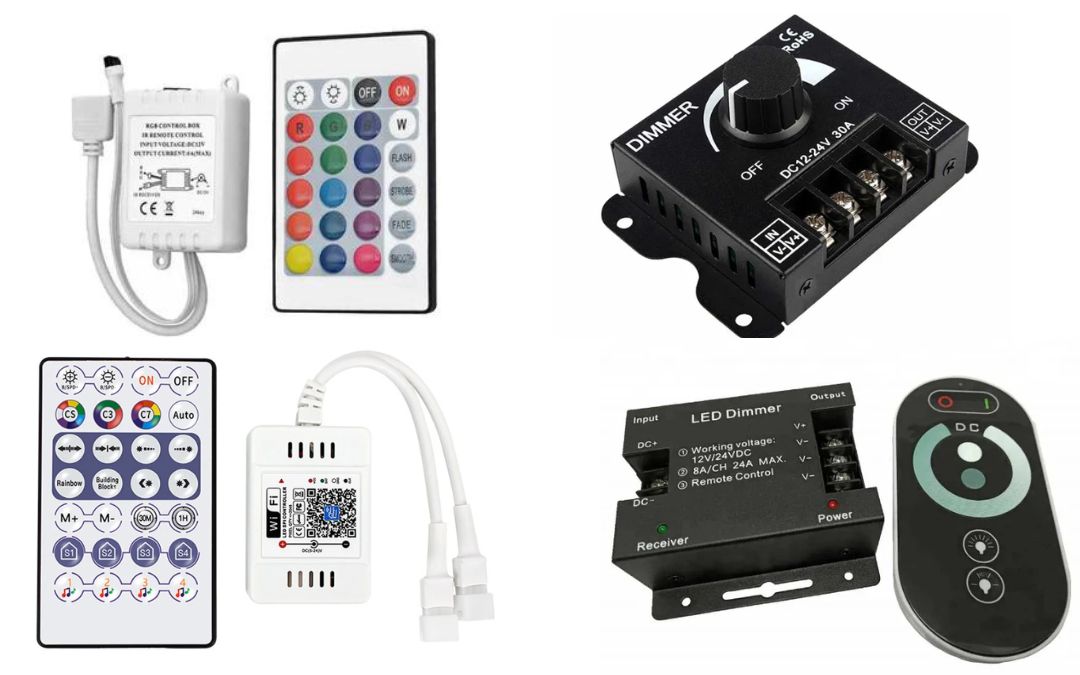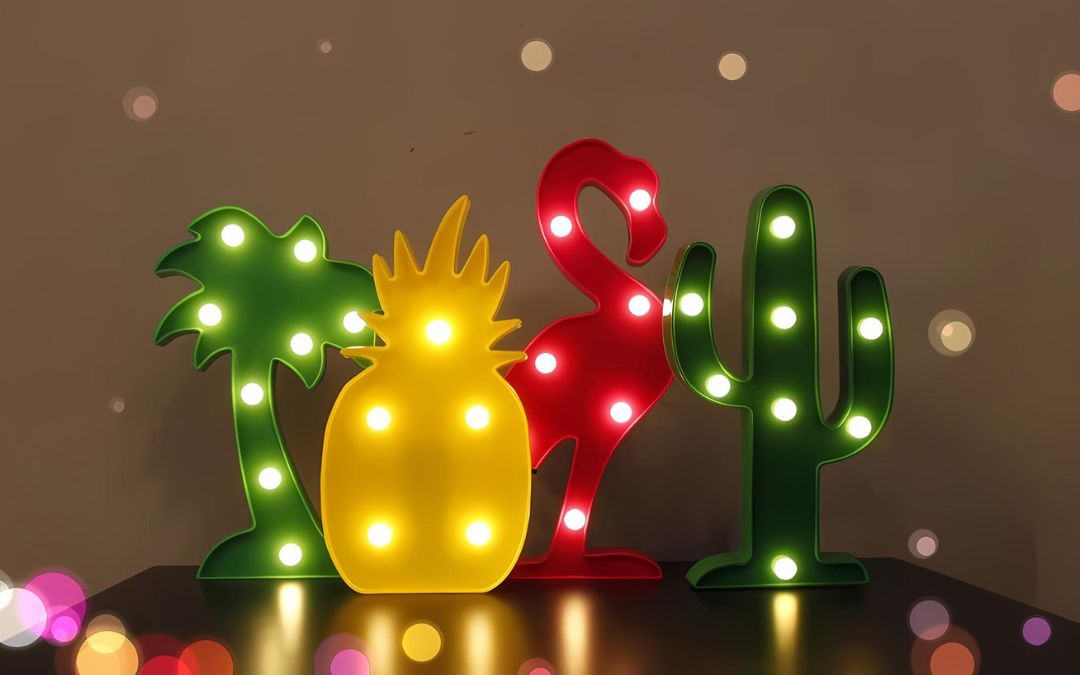🌙 How Light Affects Your Child’s Sleep Cycle
As parents, ensuring your child gets a good night's sleep is one of the top priorities. However, many of us overlook the subtle yet significant role that light plays in a child’s sleep cycle. From the moment they’re born, babies are affected by light—whether it’s the bright rays of the sun during the day or the dim glow of a nightlight during the night.
Understanding how light influences your child’s sleep patterns is crucial for helping them develop healthy sleep habits that last a lifetime. In this blog, we’ll explore the science behind light and sleep, the impact of different types of lighting on your child’s rest, and how you can use lighting effectively to promote better sleep.
🌞 The Science Behind Light and Sleep: The Circadian Rhythm
The key to understanding how light affects your child’s sleep cycle lies in the concept of the circadian rhythm. This natural, internal process regulates the sleep-wake cycle, helping the body adjust to the 24-hour day.
🕒 How It Works:
-
Daylight: Exposure to natural sunlight during the day helps reset the circadian rhythm, making your child feel more awake and alert during the day.
-
Nighttime: As the day ends and it gets darker, the body starts to produce melatonin, a hormone that signals it’s time to wind down and prepare for sleep. This is why darkness is vital for getting quality rest.
Understanding how light and darkness influence melatonin production is the first step toward creating a sleep-friendly environment for your child.
💡 How Different Types of Light Affect Sleep
Not all light is created equal! While natural light is ideal during the day, the type of light in your child’s room at night can significantly affect their sleep quality.
1. Bright Light at Night – The Disruptor
Exposing your child to bright light in the evening, especially blue light from screens, can confuse their body’s natural rhythm and suppress melatonin production. This can lead to difficulty falling asleep or disrupted sleep.
Tip: Minimize the use of bright lights in the hour or two leading up to bedtime. If you need to light the room, choose softer lighting.
2. Soft, Warm Light – The Sleep Helper
Warm light or low-intensity lighting can help create a calming environment that signals to the body that it’s time to relax and prepare for sleep. Opt for warm-toned lights or nightlights that produce a gentle, soothing glow.
Tip: Consider using LED night lamps or silicone night lights with adjustable brightness levels. These options provide a soft light that won’t interfere with melatonin production.
3. Blue Light – The Sleep Saboteur
Blue light emitted from smartphones, tablets, TVs, and even energy-efficient lighting (such as LEDs) is known to suppress melatonin and delay sleep. While blue light exposure during the day can help improve alertness, too much exposure at night can be harmful.
Tip: Avoid screen time before bed, or use blue light blocking filters on devices if they must be used.
🌙 How to Create the Ideal Sleep Environment with Light
Now that you understand the effects of light on your child’s sleep cycle, let’s talk about how you can use lighting to improve their sleep quality.
1. Use Dim Night Lights for Comfort
For babies and young children, a soft nightlight can provide the reassurance they need without disrupting their sleep cycle. Opt for LED nightlights with warm tones or adjustable brightness, so it’s not too bright.
-
Chronos Lights offers a range of adorable LED night lamps that are perfect for comforting your child through the night.
🔗 Explore LED Night Lamps for Kids
2. Create a Relaxing Bedtime Routine with Soft Lighting
Develop a calming bedtime routine where you use soft lighting to signal the transition from daytime activity to sleep mode. Dim the lights as you start reading stories or singing lullabies to help your child wind down.
-
Consider using LED candle lamps or silicone night lights, which create a soothing, flickering glow similar to a real candle but without the hazards.
3. Limit Exposure to Light Before Bed
In the hour before bedtime, avoid bright lights and screens to let your child’s body prepare for sleep. Consider using motion-activated LED lamps in hallways or bathrooms so your child doesn’t have to turn on bright lights if they wake up in the middle of the night.
-
Chronos Lights offers motion-sensor LED lamps that automatically light up when needed.
🔗 Discover Motion-Activated Lights
4. Consider a Custom Neon Light
For a unique touch, a custom neon sign featuring your child’s name, favorite animal, or a cute quote can add personality to the room while providing soft, colorful lighting that doesn’t disrupt sleep.
-
Neon lights can provide a gentle, non-intrusive glow, perfect for night-time comfort and aesthetics.
🔗 Create Your Custom Neon Sign
🌟 Final Thoughts: The Right Lighting Makes All the Difference
When it comes to creating a sleep-friendly environment for your child, lighting plays a crucial role. By opting for soft, warm lights and avoiding bright or blue light exposure before bedtime, you can support your child’s natural sleep cycle and help them fall asleep faster and enjoy deeper, more restful sleep.
At Chronos Lights, we offer a range of baby-friendly lamps that are perfect for creating a calming, cozy atmosphere in your child’s room. Whether you're looking for LED night lights, silicone lamps, or even custom neon signs, we have the perfect lighting solutions to enhance your child’s sleep experience.
🛒 Ready to improve your child’s sleep? Explore our full range of kid-friendly lighting solutions today and make bedtime a peaceful, soothing experience.



